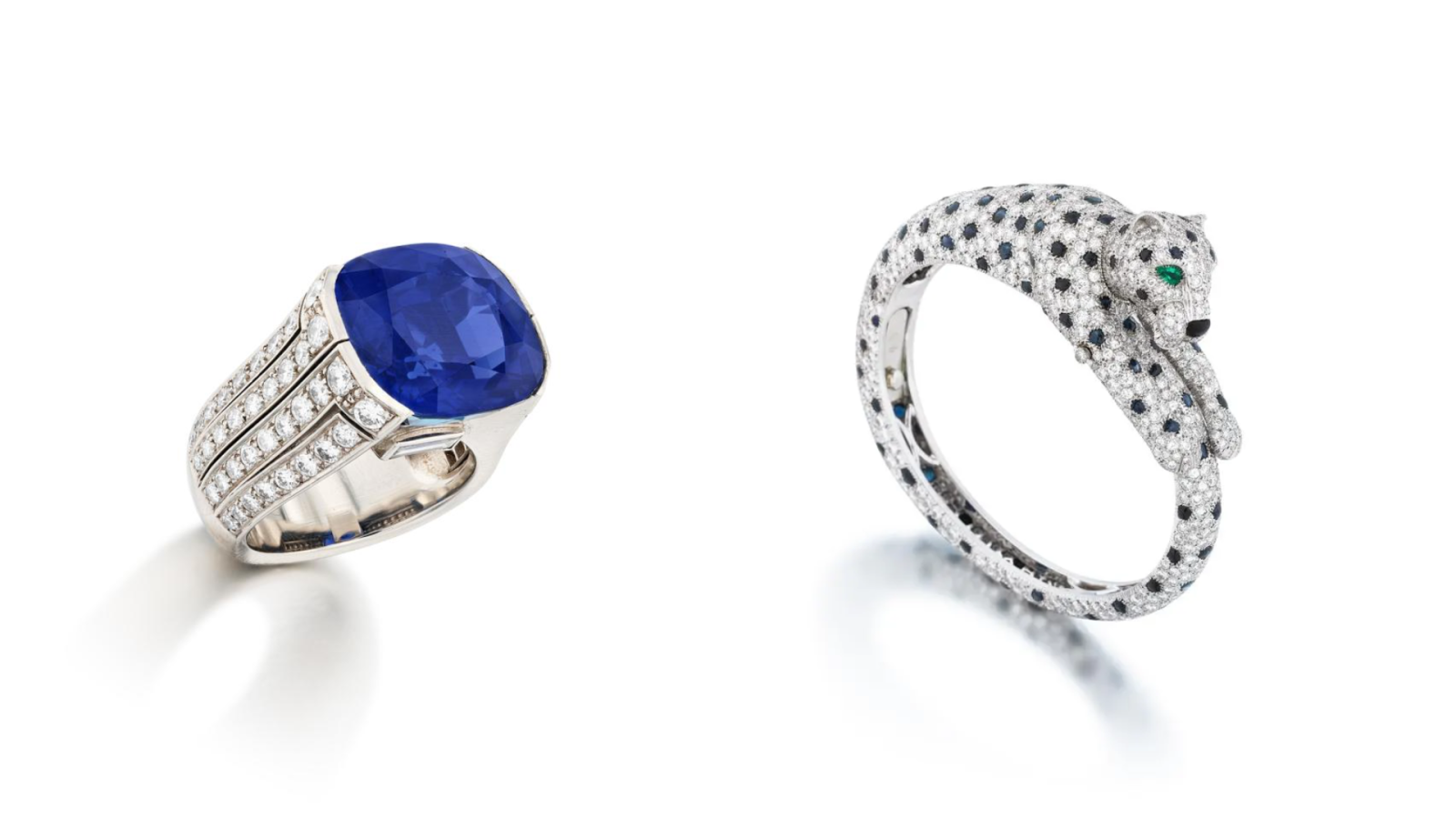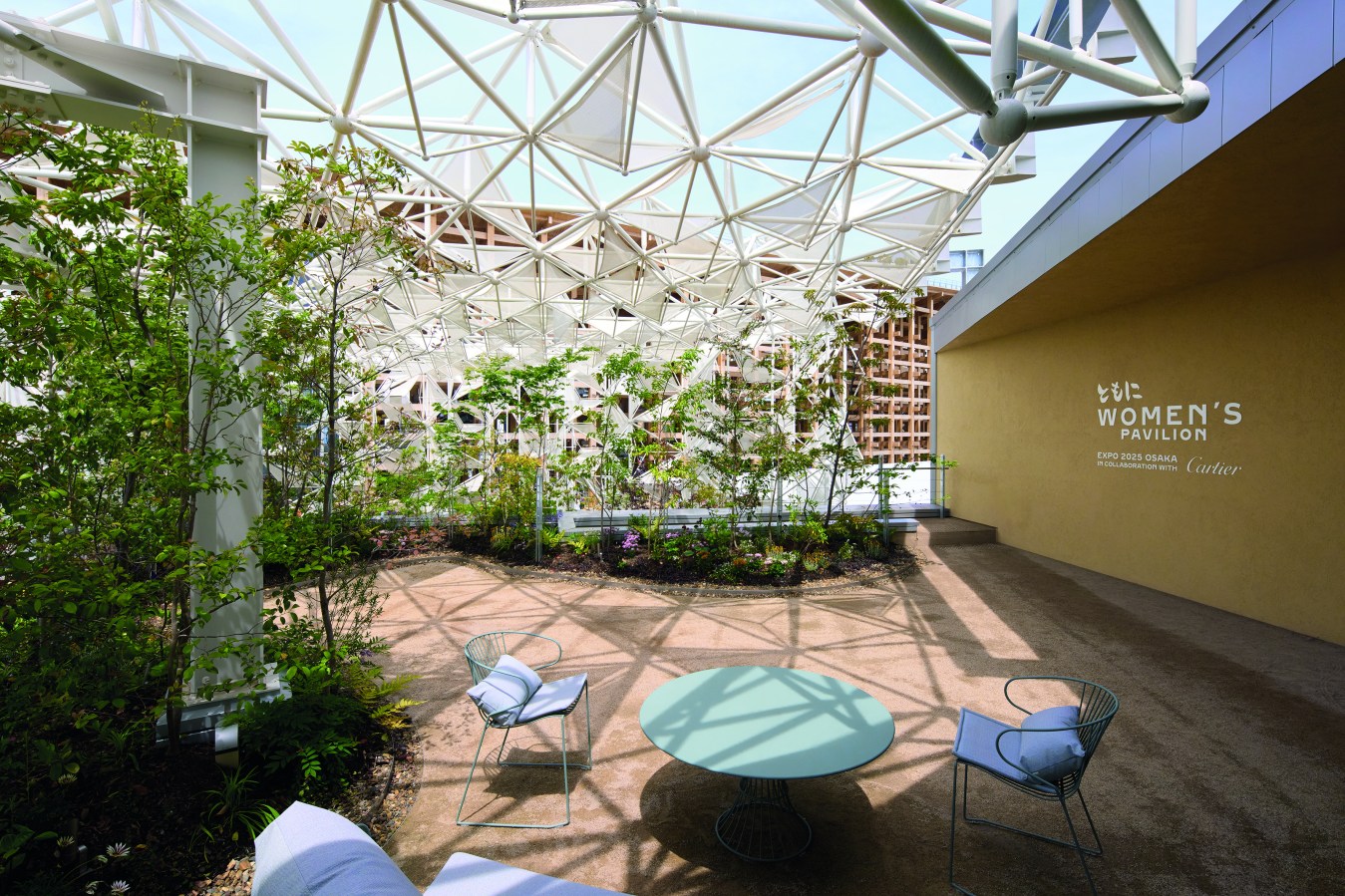King Edward VII declared Cartier the “jeweller of kings and the king of jewellers” in 1904. More than 300 of those jewels will be on display as part of NGV’s 2026 Melbourne Winter Masterpieces.
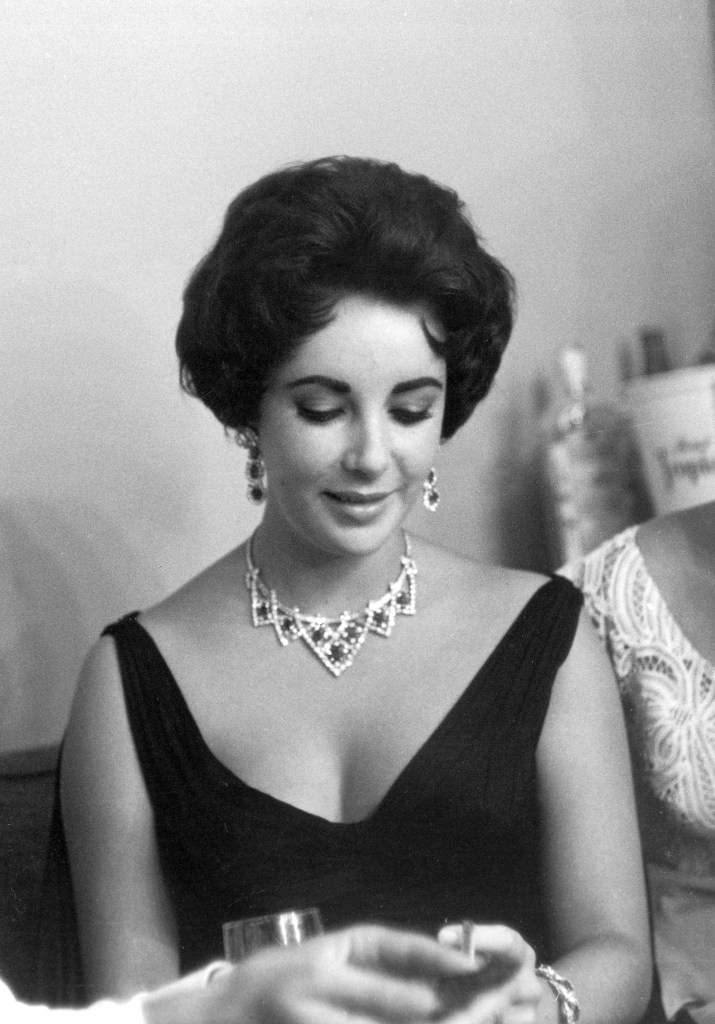
Pieces of jewellery that have adorned the necks of Elizabeth Taylor, Rihanna, Princess Margaret, and the Duchess of Windsor are making their way from London’s V&A Museum to Melbourne’s NGV.
More than 300 Cartier tiaras, brooches, timepieces, and necklaces will be on display at NGV from June 2026, as part of the NGV’s Melbourne Winter Masterpieces collection.
“Cartier is world-renowned for its excellence in jewellery and timepiece design and innovation – a reputation fostered by the three entrepreneurial brothers Pierre, Louis and Jacques Cartier,” says Tony Elwood, the Director of the NGV.
“This exhibition tells the story of how they transformed their grandfather’s jewellery business into one of the most prestigious international jewellery houses with a clientele including royalty, high society and movie stars.”
Cartier was founded by Parisian watchmaker Louis-François Cartier in 1847. His grandsons, Pierre, Louis, and Jacques, took the jewellery maison to London and New York at the turn of the century. King Edward VII declared Cartier the “jeweller of kings and the king of jewellers” in 1904.
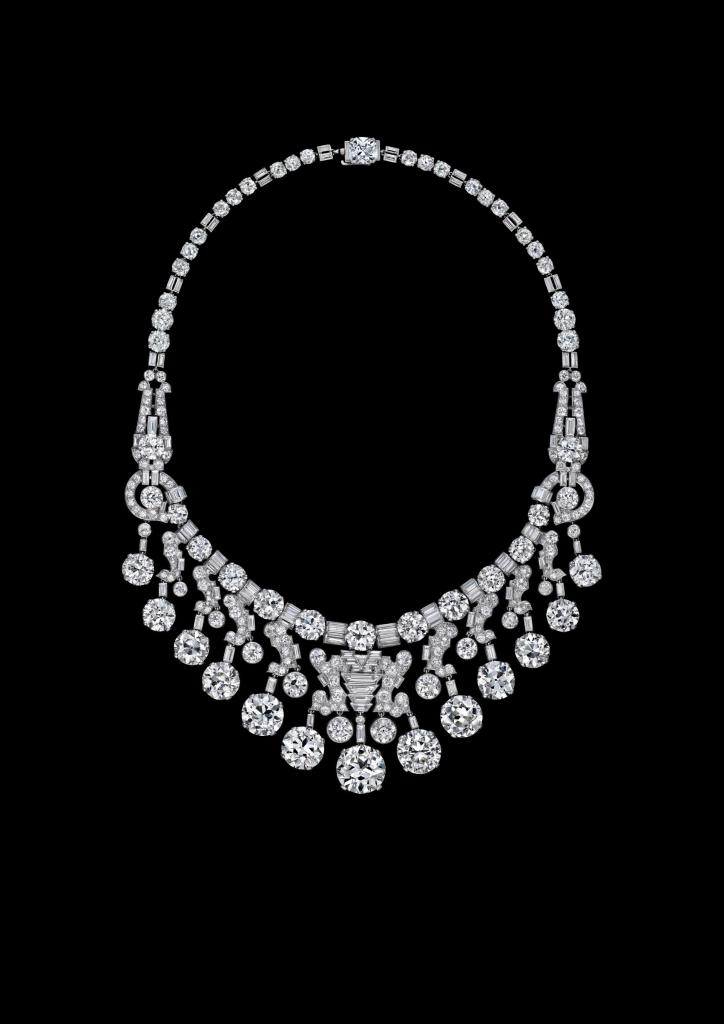
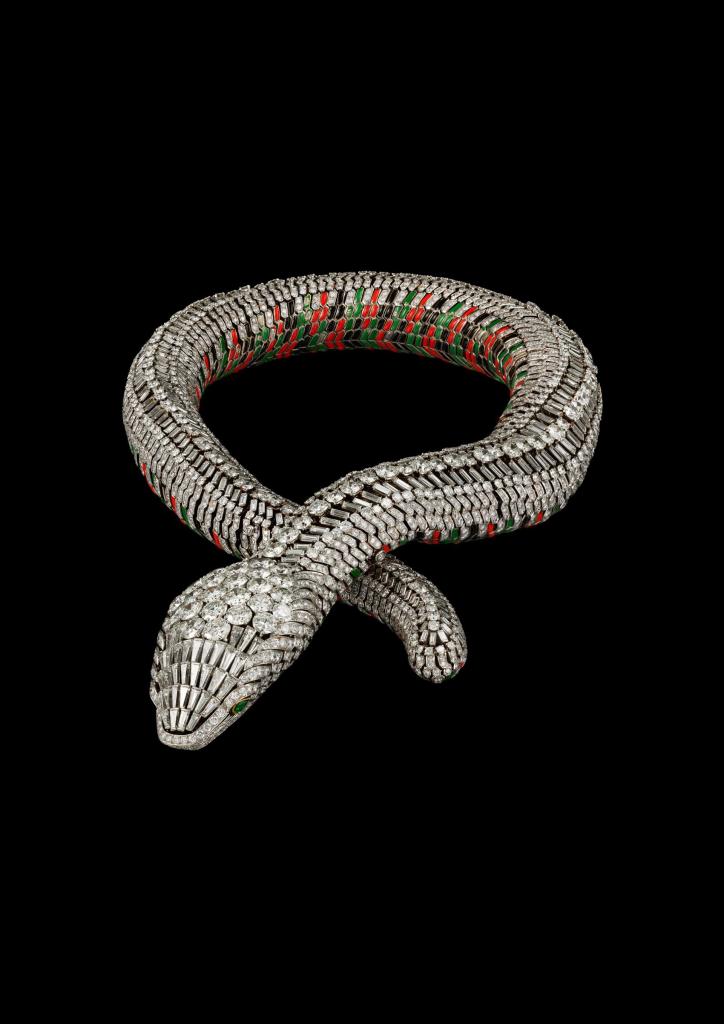
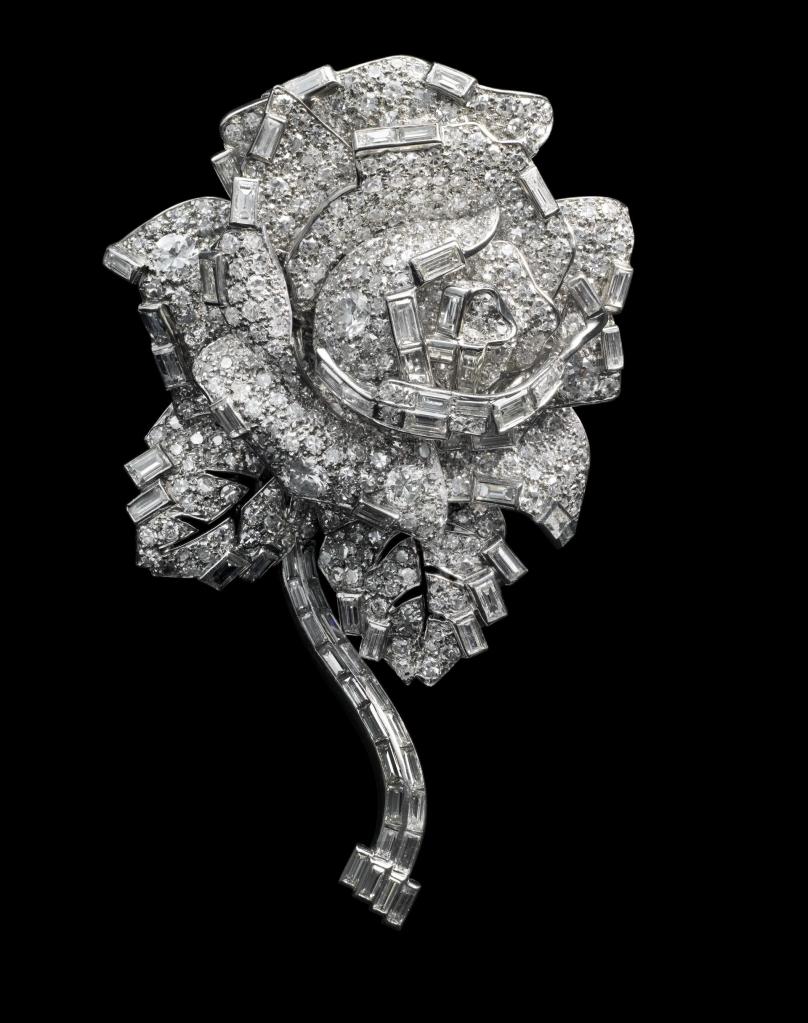
The Cartier Collection comprises 20 tiaras, many of which feature the brand’s signature ‘Garland’ motif. Clementine Churchill wore the Cartier Scroll tiara to Queen Elizabeth II’s coronation in 1953. 65 years later, Rihanna wore it on the cover of W magazine.
Several pieces worn on and off-stage by Australian opera singer Dame Nellie Melba will also be a part of the NGV exhibition, as will jewels that belonged to Wallis Simpson, the Duchess of Windsor, and a 1938 diamond rose clip brooch ‘worn by Princess Margaret to her sister’s coronation.’
Also on display will be watches featuring Australian opals, and Cartier’s Tutti Frutti jewels, so-named due to the array of deep-hued rubies, emeralds and blue sapphires.
The Cartier Collection exhibition has been at the V&A Museum in London since April 2025, and will now be on loan to Melbourne’s NGV.
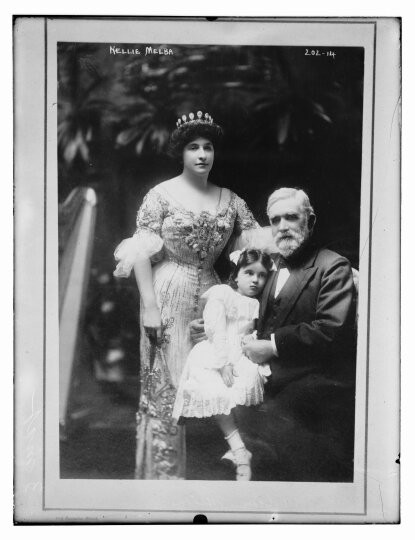
“We are excited to be able to share with visitors of the NGV some of Cartier’s most famous creations, as well as revealing previously unseen objects that further enrich our understanding of a jewellery house that continues to influence the way we adorn ourselves today,” says Helen Molesworth, a senior curator of jewellery at the V&A.
Molesworth commends Cartier’s “pioneering and transformative ability to remain at the centre of culture and creativity for more than a century.”
Pierre Rainero, Director of Cartier Image, Style and Heritage, says the NGV exhibition will feature pieces that will be in Australia for the first time.
“The experience offers a captivating journey into the world of Cartier and its signature style, a living language in permanent evolution. We hope that it will not only inspire delight and awe, but also intellectual curiosity, fostering a deeper appreciation for jewellery as a distinct and powerful artistic expression,” says Rainero.
A new feature for the NGV version of the exhibition is a focus on Jeanne Toussaint, the creative director of Cartier, who served from 1933 to 1970.
“Visitors will see how the panther motif, celebrated by Toussaint and one of the Maison’s most iconic symbols, continues to evolve in contemporary jewels, using many of the same jewellery techniques that have been practised for decades.
Look back on the week that was with hand-picked articles from Australia and around the world. Sign up to the Forbes Australia newsletter here or become a member here.
